New Zealand students are becoming increasingly concerned about the impact of their rising debt on their future prospects. According to Studylink’s website, the amount of money students can borrow for living expenses has increased by over $100 per week in the past six years. On April 1st, the amount will rise by just over $20 to $302 per week.
For students borrowing the maximum amount allowed, they will take on more than $15,000 in living costs loans per year. The New Zealand Union of Students Associations (NZUSA) President, Ellen Dixon, said that most students would take out the full amount and also work between 30 to 40 hours per week to keep studying. Dixon said this kind of lifestyle is unhealthy and that students cannot give their studies full attention. She also fears that young people are not educated enough about the impacts of debt.
The Green Party agrees and believes that students need more than just “Band-Aid” solutions to the rising cost of living. Tertiary Education spokesperson, Chloe Swarbrick, said the party’s research shows that two-thirds of students regularly cannot afford basics like rent, food, and power bills. Swarbrick believes that adding more money to loans will only make it worse.
Dixon said students should not have to choose between studying and buying a house. In the past, detailed breakdowns of applicants’ spending habits acted as a barrier for first-home buyers getting mortgages approved. She fears we might see more of that for our next generation of students, especially as they continue to use buy now pay later services like Afterpay to get by.
One ANZ economist, Miles Workman, said that an overall increase in average wages might be enough to meet rising student loans. However, Workman says there is a larger issue that financially affects students: the superannuation system is set up in favor of the older generation because we run a “pay as you go” system.
The NZUSA and the Green party want a tertiary education restructure, with Swarbrick saying that a universal student allowance would be beneficial. Currently, only a third of students receive a student allowance of $279 per week. Swarbrick said the most up-to-date Ministry of Education figures from 2021 show that it would be an approximate 22 percent increase from that to deliver a universal student allowance.

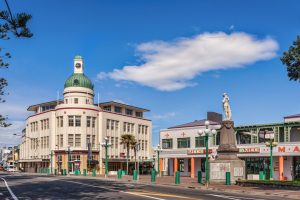
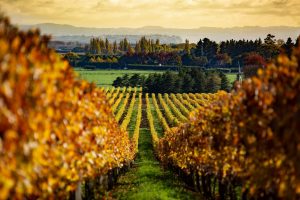
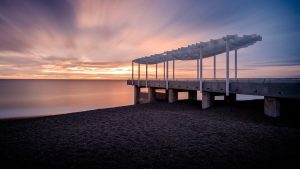
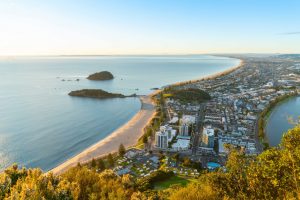
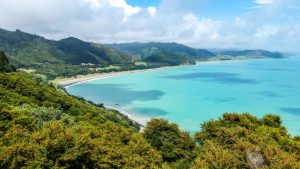
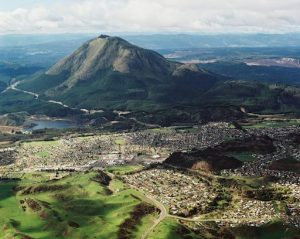

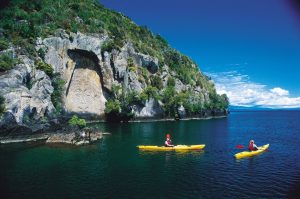

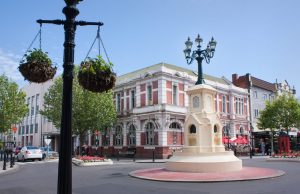
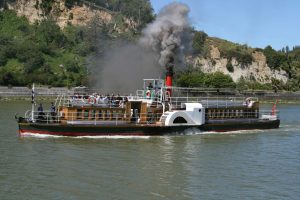
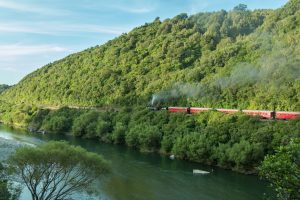
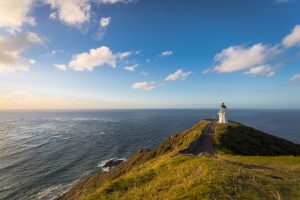
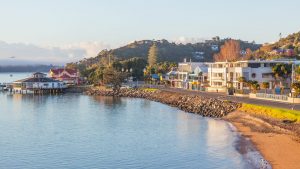
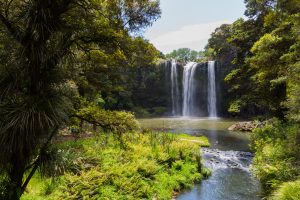
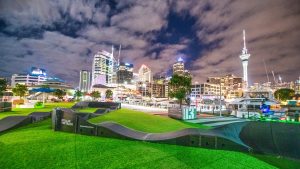
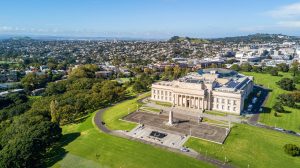
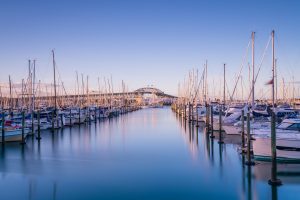
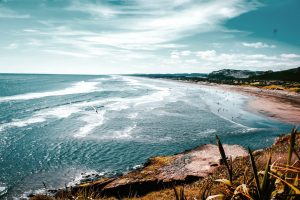
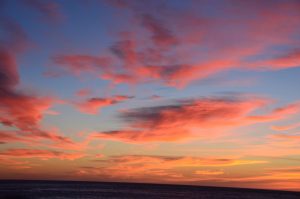
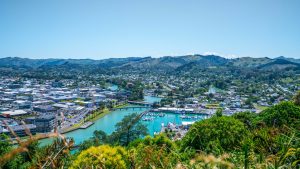
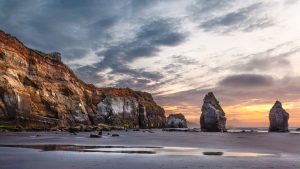
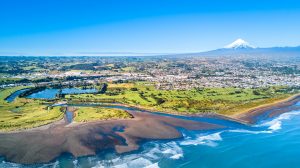
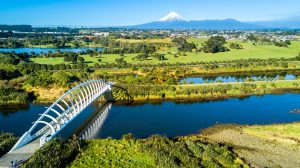
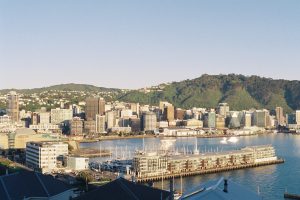
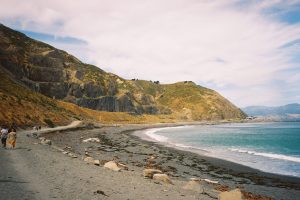
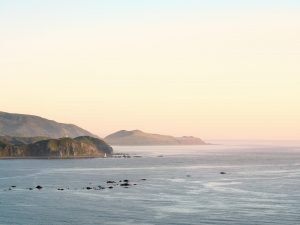
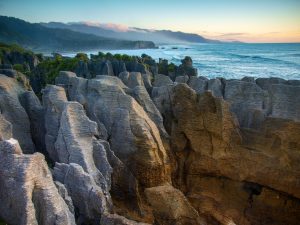
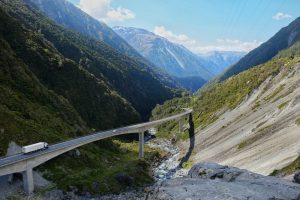
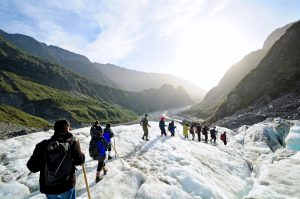
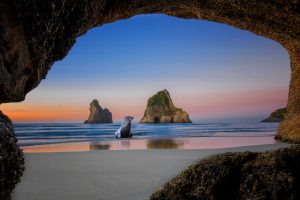
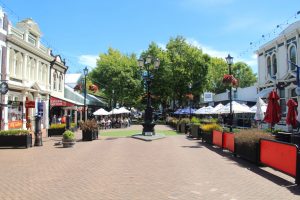
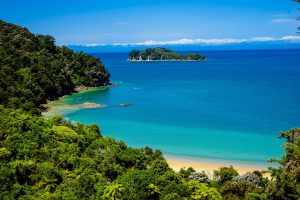
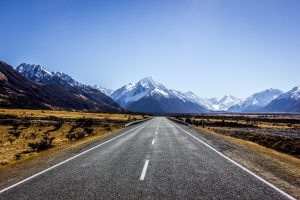
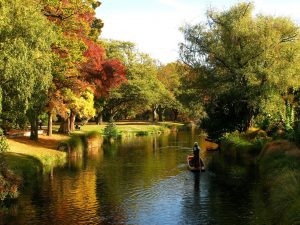
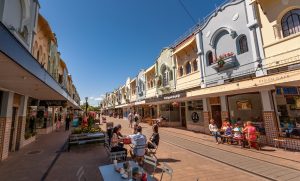
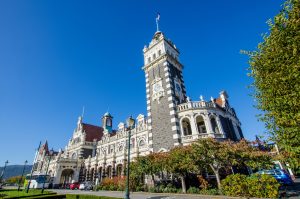
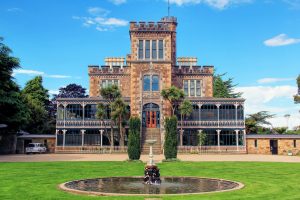
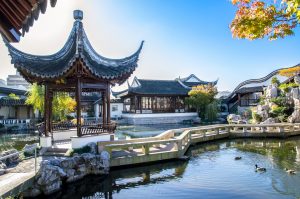
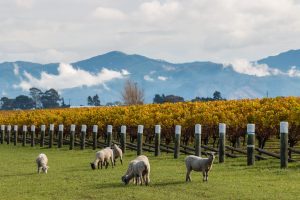
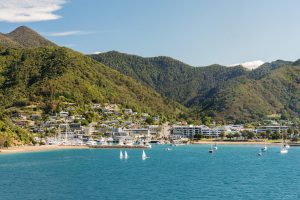
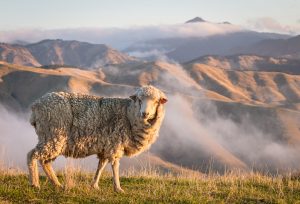
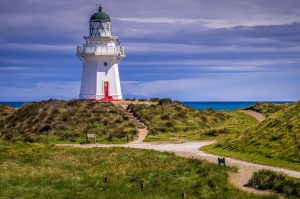
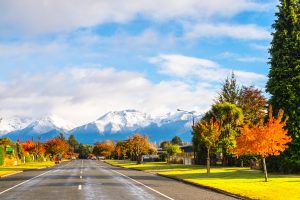
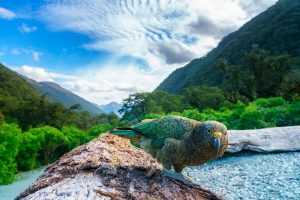

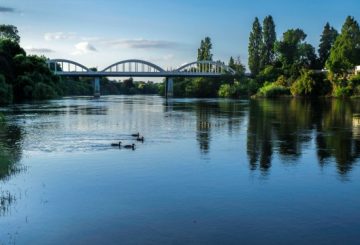
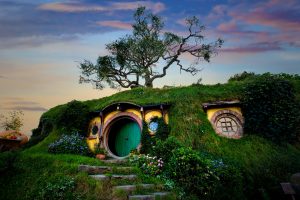

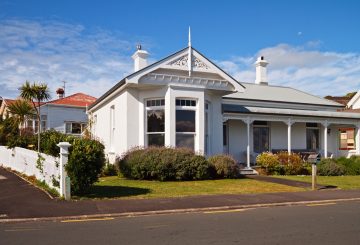
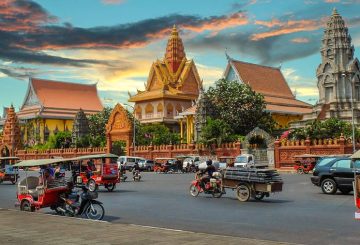

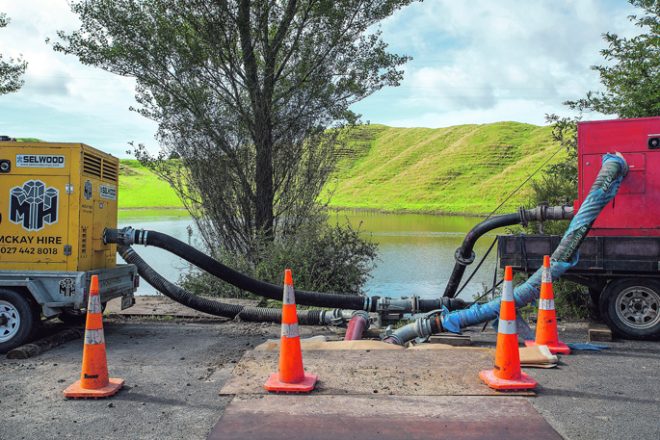
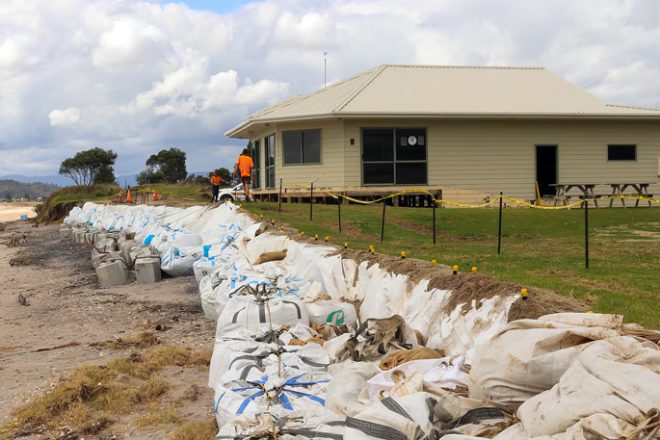
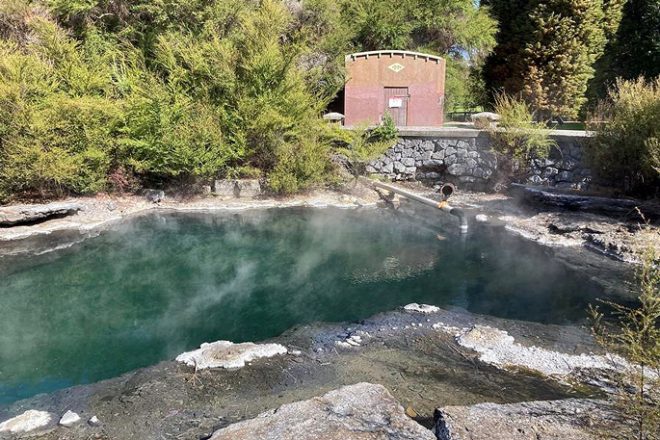
-helped-regain-her-strength-and-balance-using-Nymbl-after-a-fall.-660x440.jpg)


